Metal-organic frameworks were the next big thing in chemistry when they were invented more than three decades ago. Now, these intriguing materials are becoming commercial tools for capturing carbon dioxide and harvesting water from the air.
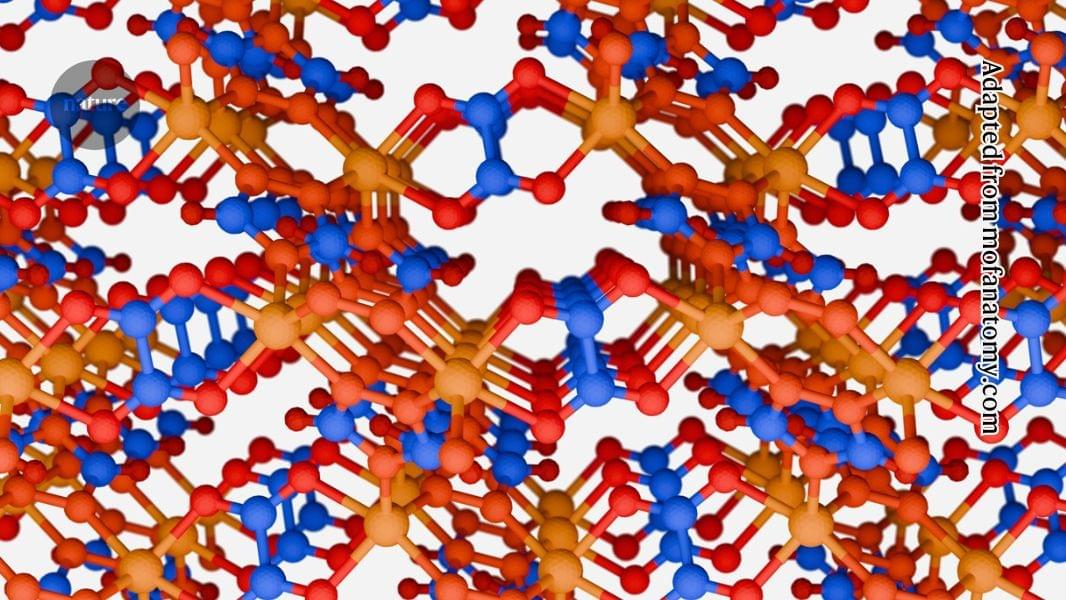


Parasitic, egg-eating worms might sound like the stuff of nightmares, but they’re simply a fact of life for blue crabs in the Chesapeake Bay.
Interestingly, a new study published in the journal PLOS One by researchers at William & Mary’s Batten School & VIMS suggests these worms could serve as a valuable biomarker for managing the fishery.
The most recent Winter Dredge Survey, conducted by the Batten School of Coastal & Marine Sciences & VIMS in collaboration with Maryland’s Department of Natural Resources, recorded historically low numbers of blue crabs in the Chesapeake Bay. The findings have sparked concern among the fishery’s many stakeholders and highlight a need for new tools that can help balance economic and ecological priorities—this study may help with that.
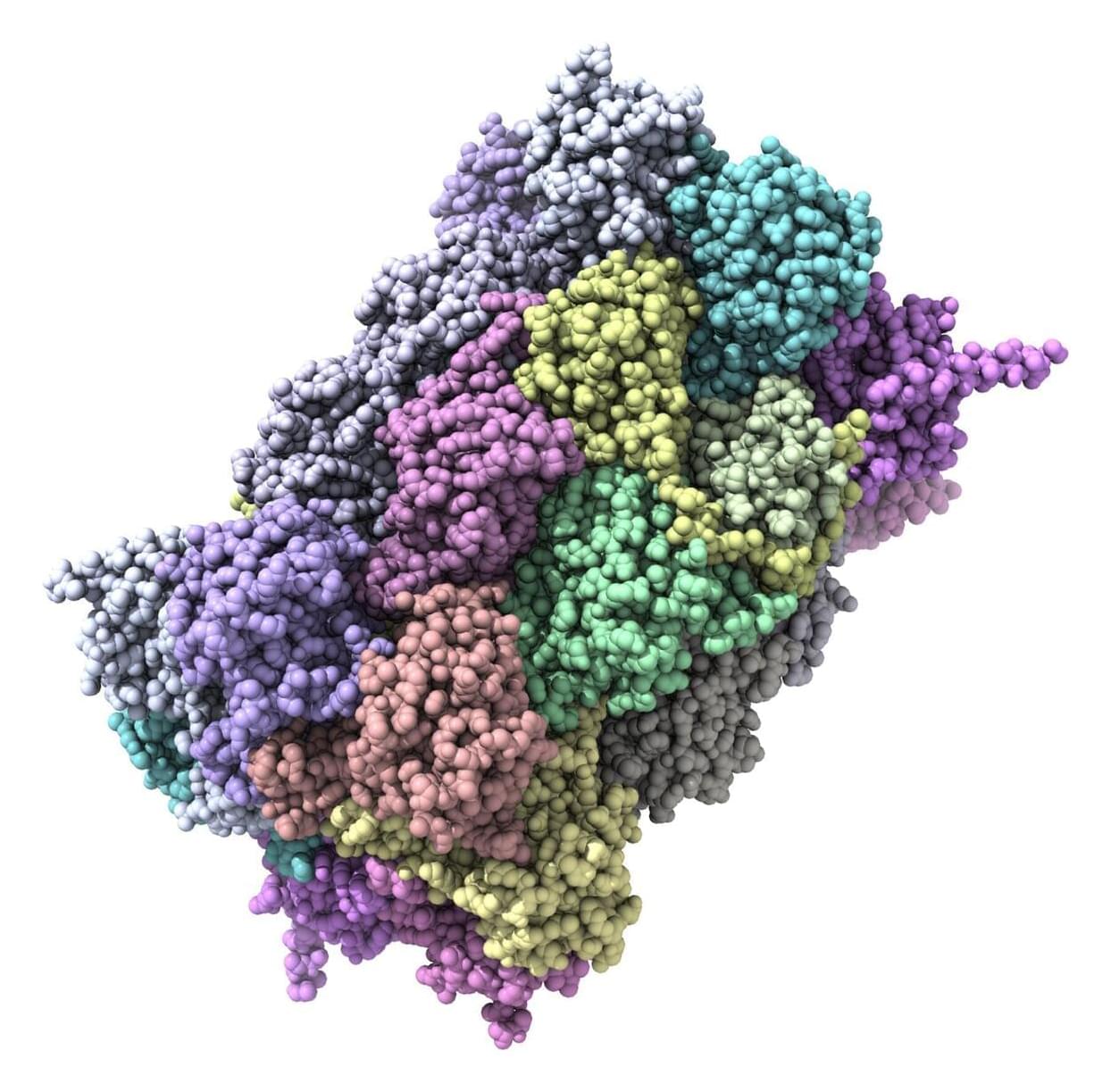
For decades, the story of Alzheimer’s research has been dominated by a battle between A-beta and tau amyloids, both of which can kill neurons and impact the brain’s ability to function. A new study suggests, however, that these sticky brain plaques may not be operating alone.
Johns Hopkins University researchers have identified more than 200 types of misfolded proteins in rats that could be associated with age-related cognitive decline.
The findings could lead the way to finding new therapeutic targets and treatments in humans that could provide relief for the millions of people over 65 who suffer from Alzheimer’s, dementia, or other diseases that rob them of their memories and independence as they age.

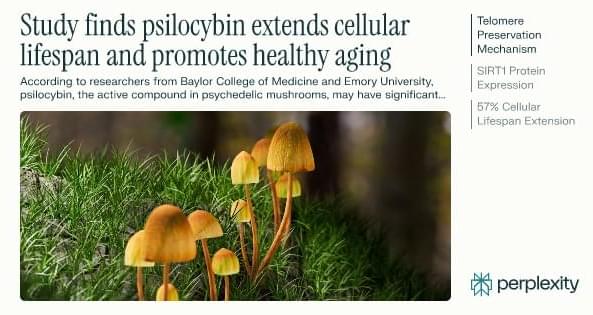
According to researchers from Baylor College of Medicine and Emory University, psilocybin, the active compound in psychedelic mushrooms, may have significant anti-aging properties, extending human cell lifespan by up to 57% in laboratory studies and improving survival rates in aged mice by 30% compared to untreated controls.
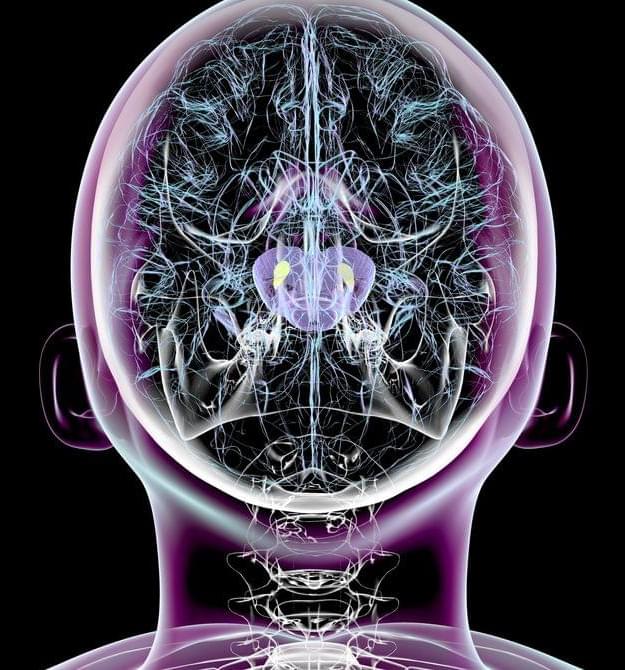
In 2017, he led a study that identified for the first time an abnormal form of a protein called SOD1 in Parkinson’s patients. Under normal conditions, this protein acts as an antioxidant enzyme, protecting brain cells from damage caused by free radicals, highly reactive molecules that contain oxygen and can deteriorate cells if not properly neutralized. Free radicals are produced by natural bodily processes as well as by external factors, like diet, smoking, and exposure to pollution.
In people with Parkinson’s disease, SOD1 suffers alterations that prevent it from fulfilling its protective function, with it instead accumulating in the brain and causing neuronal damage, according to the findings of Double’s team.
Based on these results, the team then conducted further research, with results suggesting that copper supplementation in the brain could be an effective way to slow and even reverse the symptoms of Parkinson’s (copper is crucial to SOD1’s function). To test this hypothesis, they evaluated the efficacy of a drug called CuATSM, designed to cross the blood-brain barrier and deliver copper directly to brain tissue.
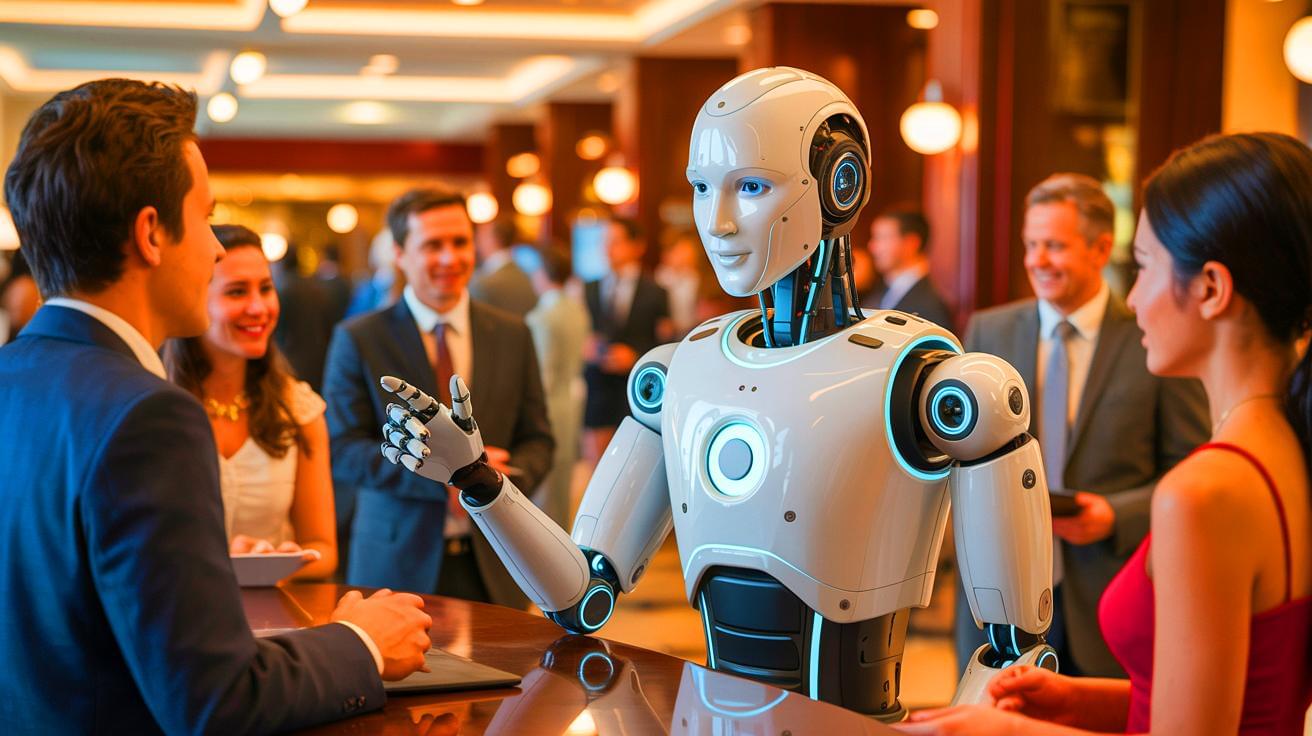
IN A NUTSHELL 🌐 Realbotix’s humanoid robot can fluently speak 15 languages and access 147 additional languages via cloud support. 🏨 The robot aims to enhance communication in healthcare and hospitality by eliminating language barriers and improving user experiences. 📈 The global market for humanoid robots is projected to grow from $2.93 billion in 2025
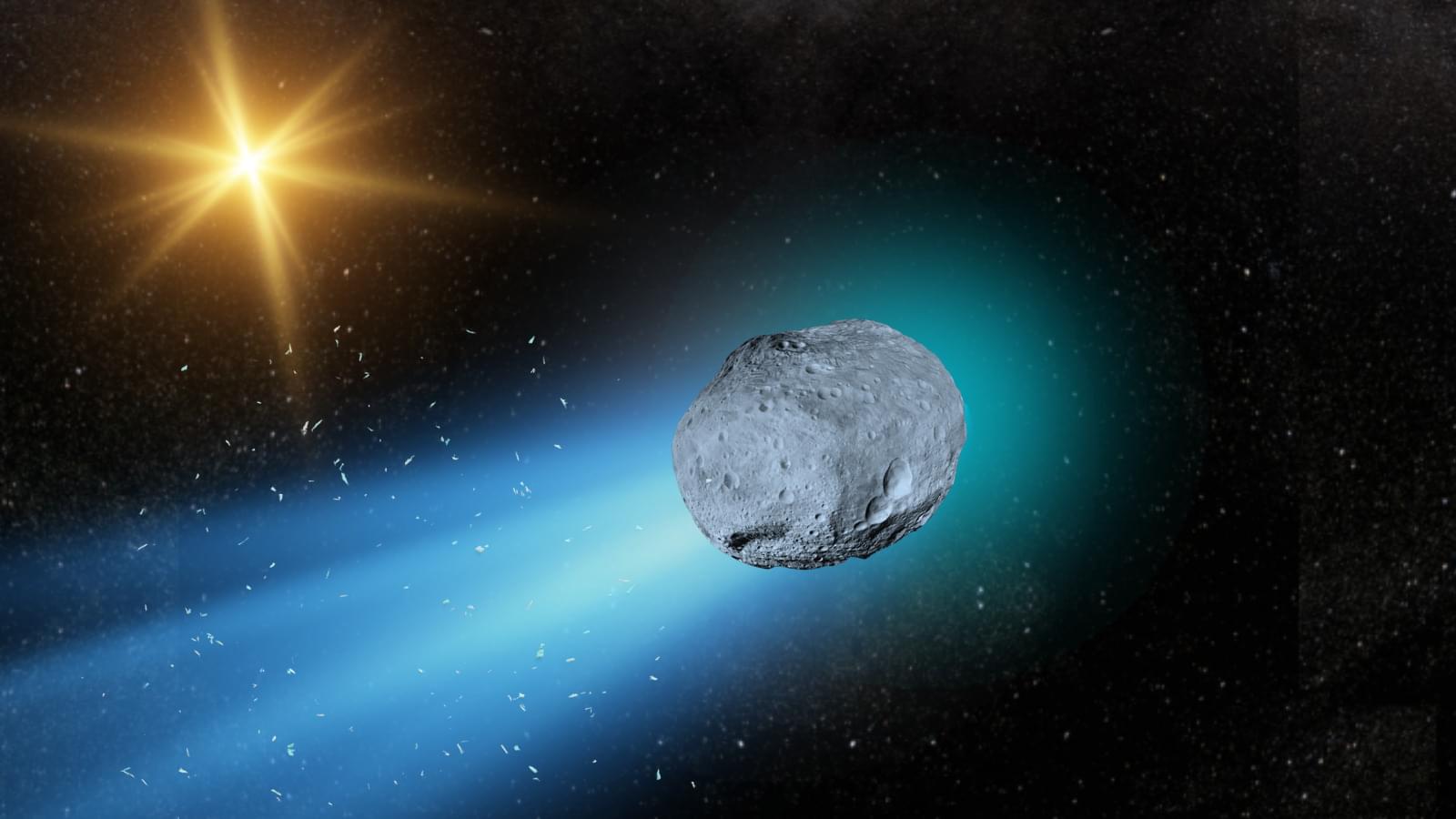
The thick disk is a band of our galaxy’s most ancient stars that sandwiches the thin disk, which formed more recently and contains our relatively young star, the sun, and the solar system.
“This is an object from a part of the galaxy we’ve never seen up close before,” University of Oxford astrophysicist Chris Lintott said. “We think there’s a two-thirds chance this comet is older than the solar system, and that it’s been drifting through interstellar space ever since.”
If 3I/ATLAS originates from the Milky Way’s thick stellar disk, and thus formed around an ancient star, this also has implications for its chemical composition. Hopkins and crew suggest the interstellar interloper may be rich in water ice.
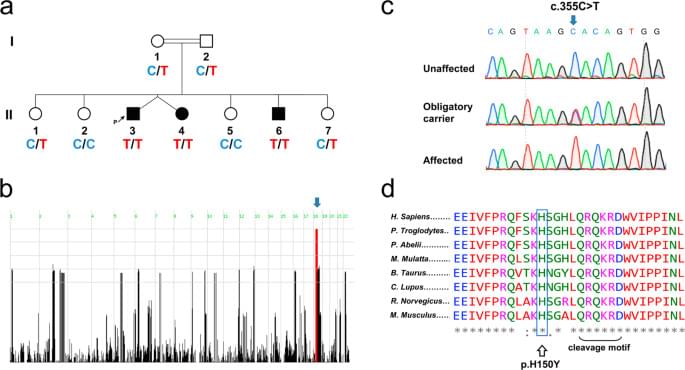
Molecular mechanisms of attention-deficit hyperactivity disorder (ADHD) are not fully understood. Here the authors demonstrate a mutation in CDH2, encoding N-cadherin, that is associated with ADHD, and in a mouse model, delineate molecular electrophysiological characteristics associated with this mutation.
In the year 2,525, humans, post-humans, and new species navigate a vast and vibrant future. Join us as we explore the lives, dreams, and struggles of a trillion-strong civilization.
Watch my exclusive video Antimatter Propulsion: Harnessing the Power of Annihilation — https://nebula.tv/videos/isaacarthur–… Nebula using my link for 40% off an annual subscription: https://go.nebula.tv/isaacarthur Get a Lifetime Membership to Nebula for only $300: https://go.nebula.tv/lifetime?ref=isa… Use the link gift.nebula.tv/isaacarthur to give a year of Nebula to a friend for just $30. Visit our Website: http://www.isaacarthur.net Join Nebula: https://go.nebula.tv/isaacarthur Support us on Patreon: / isaacarthur Support us on Subscribestar: https://www.subscribestar.com/isaac-a… Facebook Group:
/ 1,583,992,725,237,264 Reddit:
/ isaacarthur Twitter:
/ isaac_a_arthur on Twitter and RT our future content. SFIA Discord Server:
/ discord Credits: Life in 2525 A.D. Episode 500; May 22, 2025 Written, Produced & Narrated by: Isaac Arthur Editors: Merv Johnson II & Thomas Owens Graphics: Anthrofuturism Jarred Eagley Jeremy Jozwik Ken York YD Visual Space Resources CGI Udo Schroeter Select imagery/video supplied by Getty Images Music Courtesy of Epidemic Sound http://epidemicsound.com/creator Chris Zabriskie, “Unfoldment, Revealment”, “A New Day in a New Sector” Taras Harkavyi, “Alpha and…” Stellardrone, “Red Giant”, “Billions and Billions” Sergey Cheremisinov, “Labyrinth” 0:00 Intro 0:35 Dinner & Tales of the Future (Story Arc) 7:36 The Captain’s Concerns (Story Arc) 16:37 Episode 500 28:36 Antimatter Propulsion 30:08 On Colonizing Gas Giants and Energy Economics 44:45 Voyage Interrupted.
Get Nebula using my link for 40% off an annual subscription: https://go.nebula.tv/isaacarthur.
Get a Lifetime Membership to Nebula for only $300: https://go.nebula.tv/lifetime?ref=isa…
Use the link gift.nebula.tv/isaacarthur to give a year of Nebula to a friend for just $30.
Visit our Website: http://www.isaacarthur.net.
Join Nebula: https://go.nebula.tv/isaacarthur.
Support us on Patreon: / isaacarthur.
Support us on Subscribestar: https://www.subscribestar.com/isaac-a…
Facebook Group: / 1583992725237264
Reddit: / isaacarthur.
Twitter: / isaac_a_arthur on Twitter and RT our future content.
SFIA Discord Server: / discord.
Credits:
Life in 2525 A.D.
Episode 500; May 22, 2025
Written, Produced \& Narrated by: Isaac Arthur.
Editors: Merv Johnson II \& Thomas Owens.
Graphics:
Anthrofuturism.
Jarred Eagley.
Jeremy Jozwik.
Ken York YD Visual.
Space Resources CGI
Udo Schroeter.
Select imagery/video supplied by Getty Images.